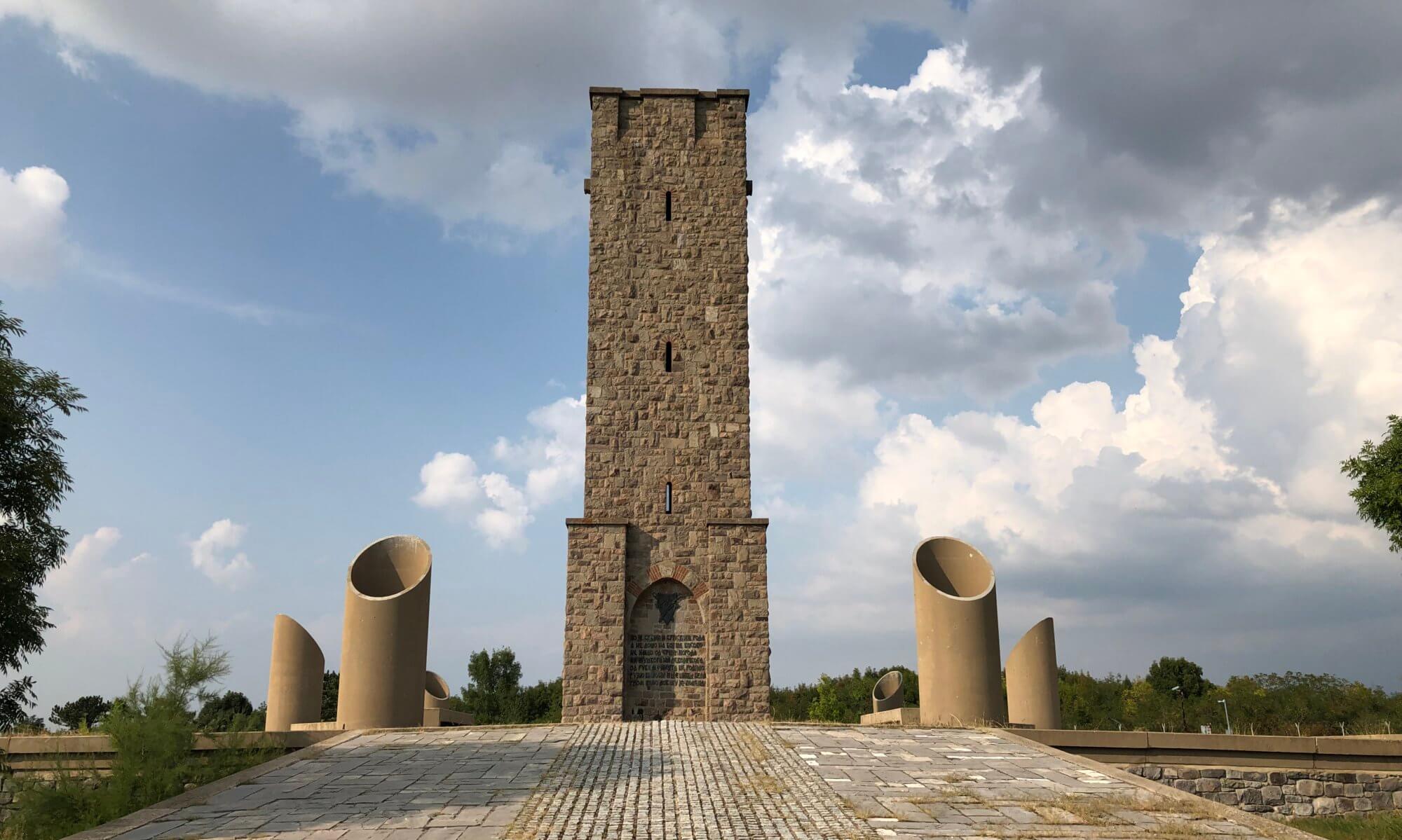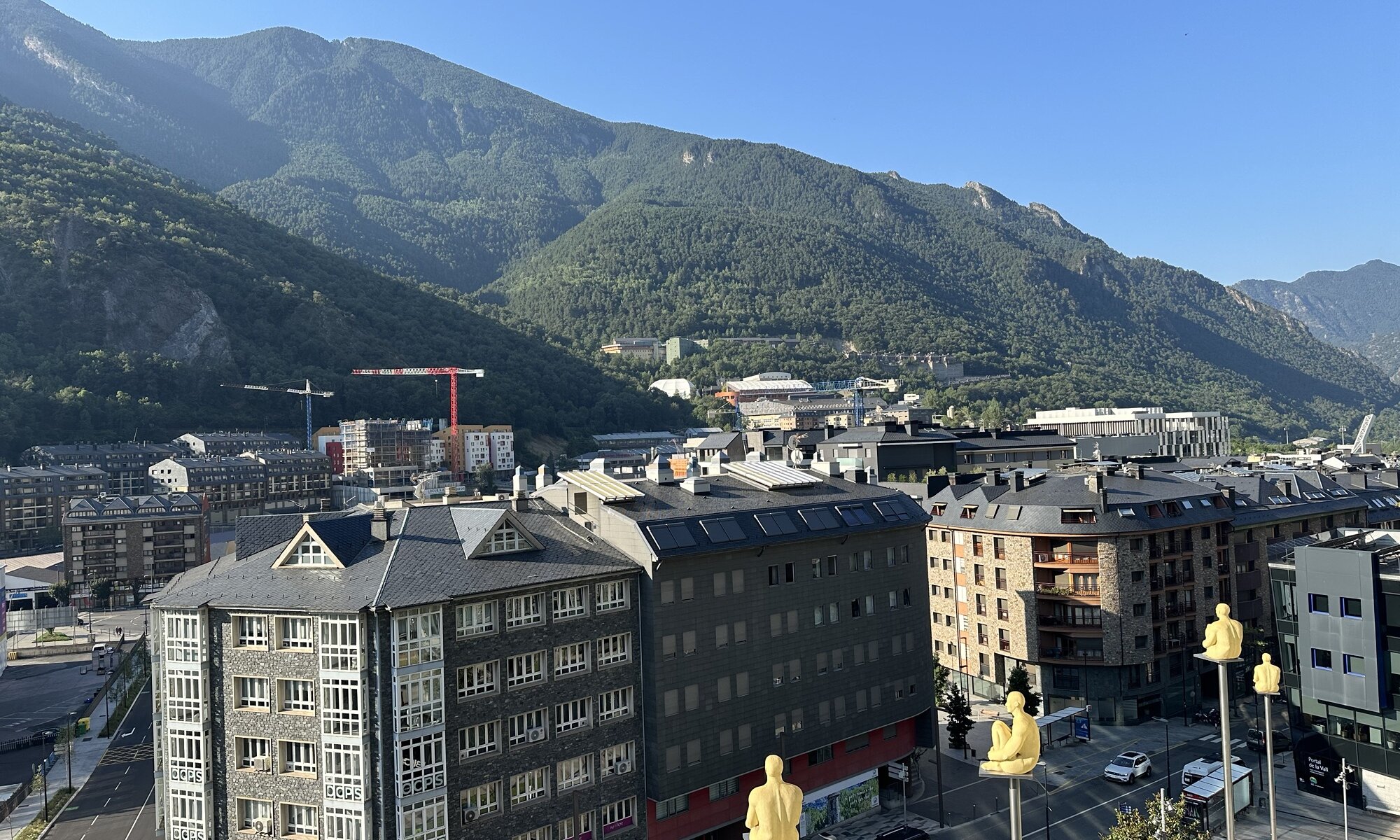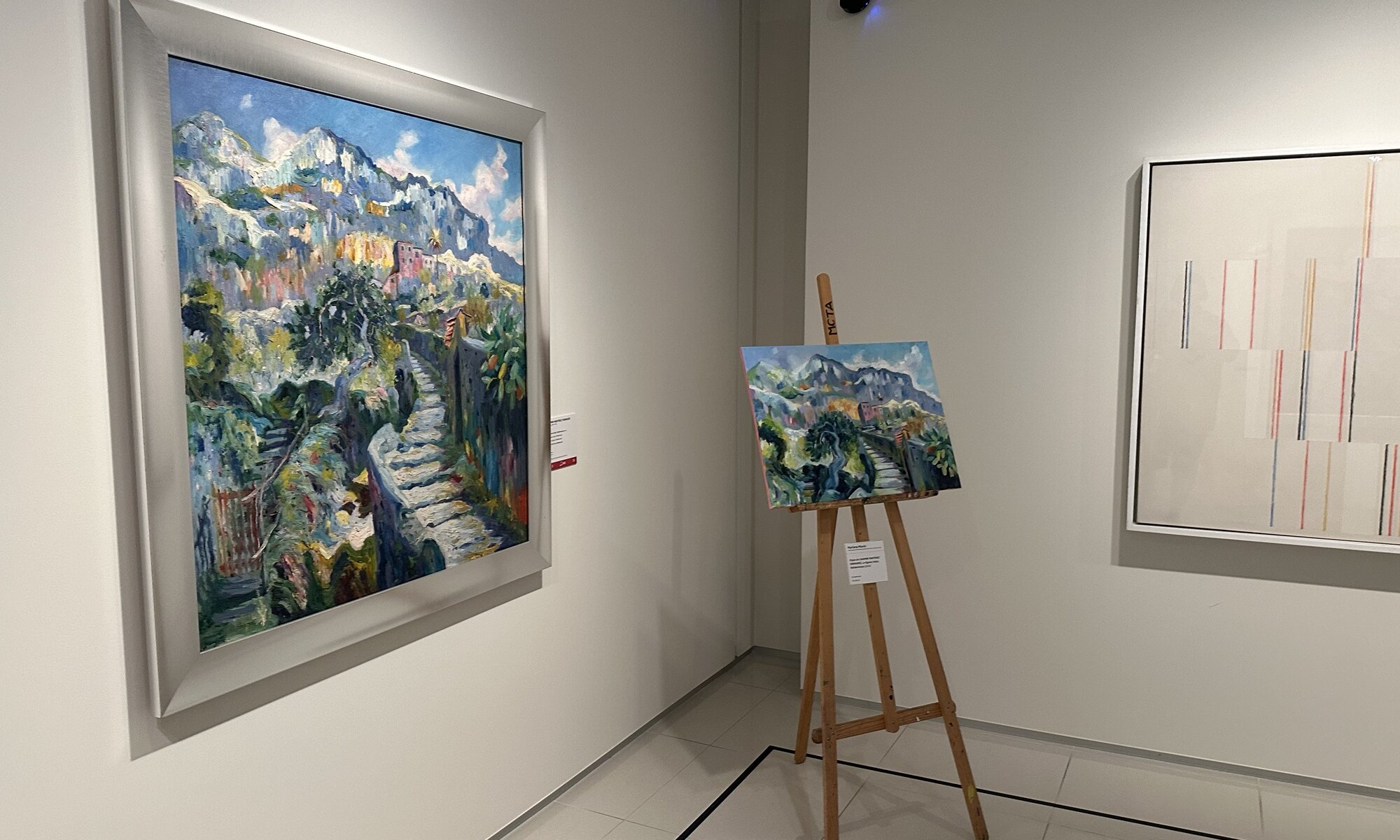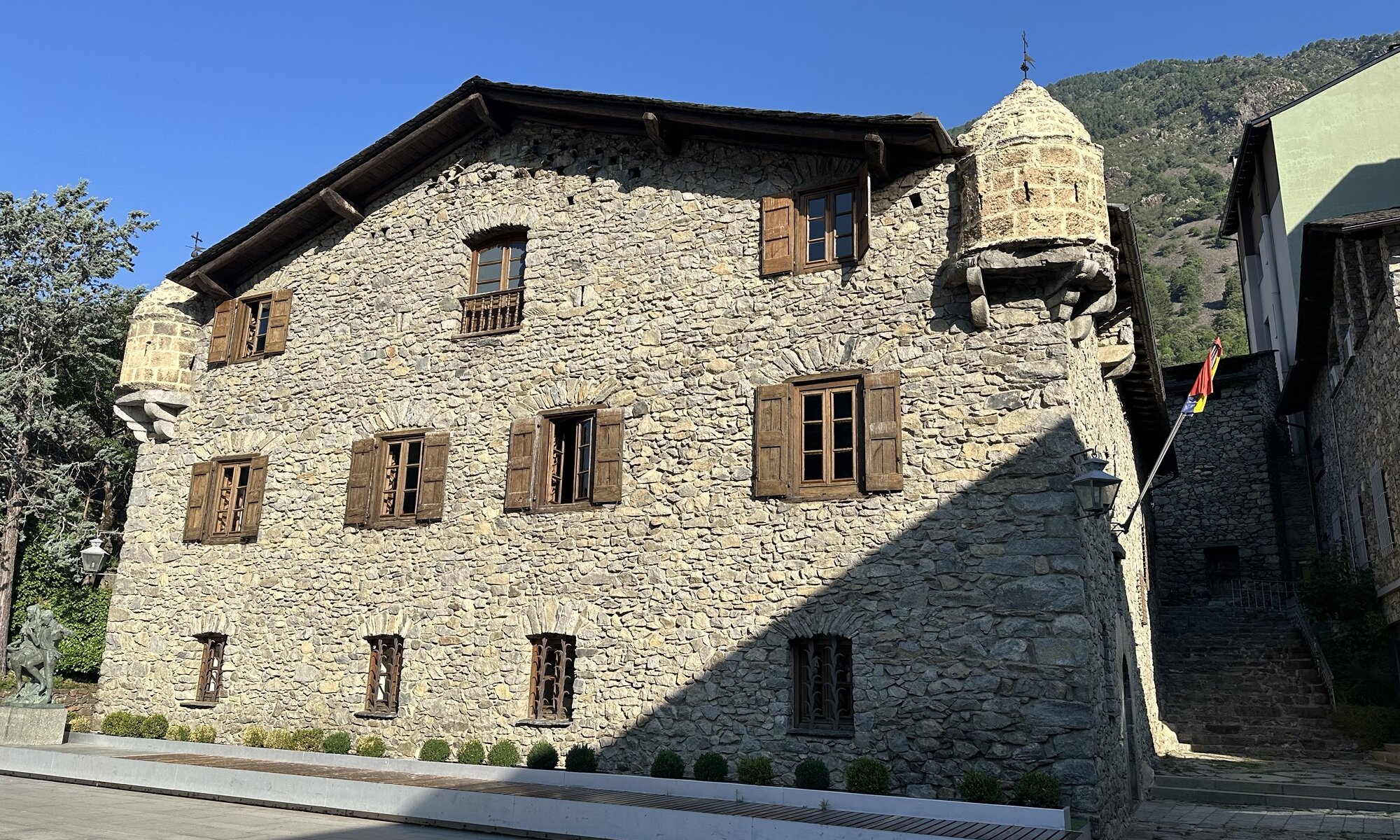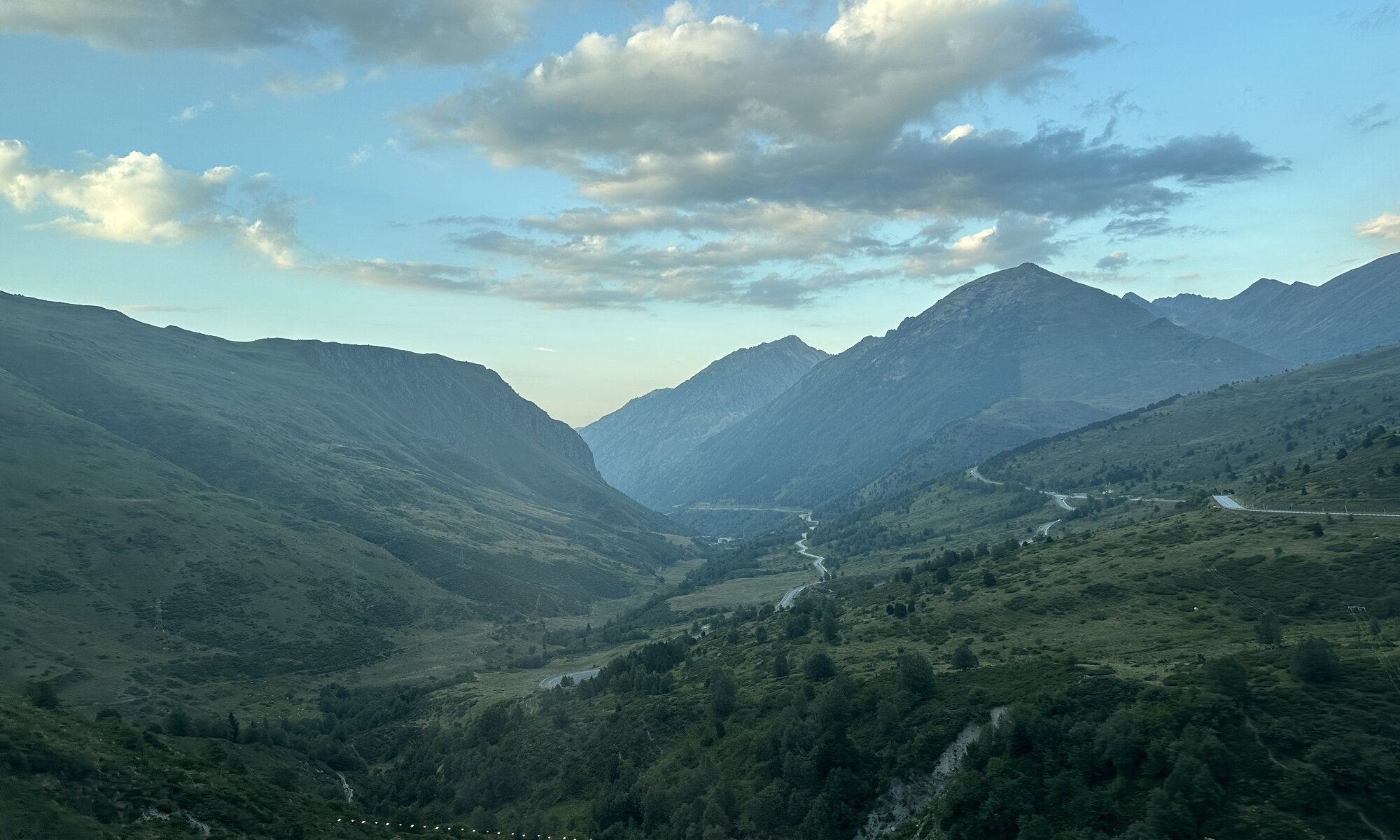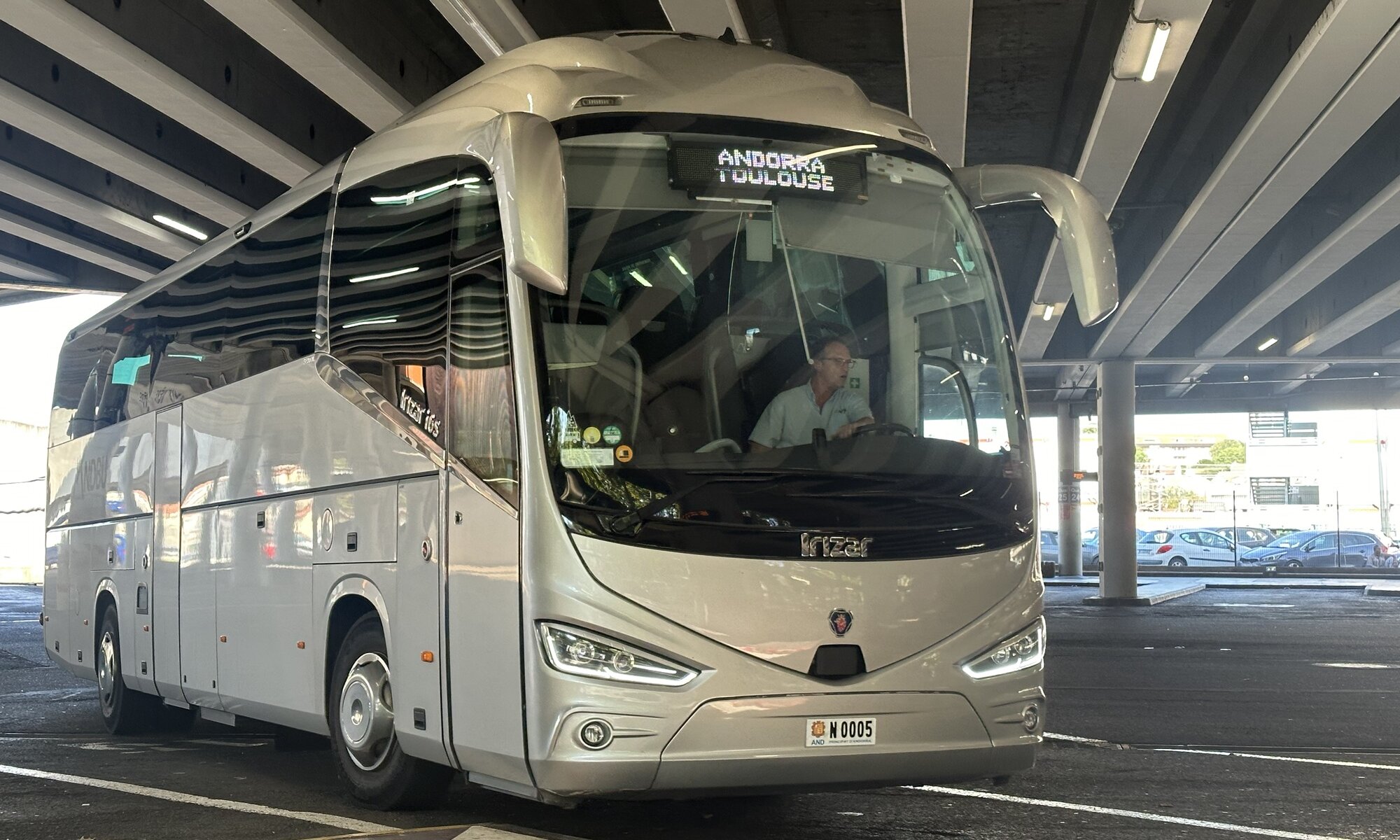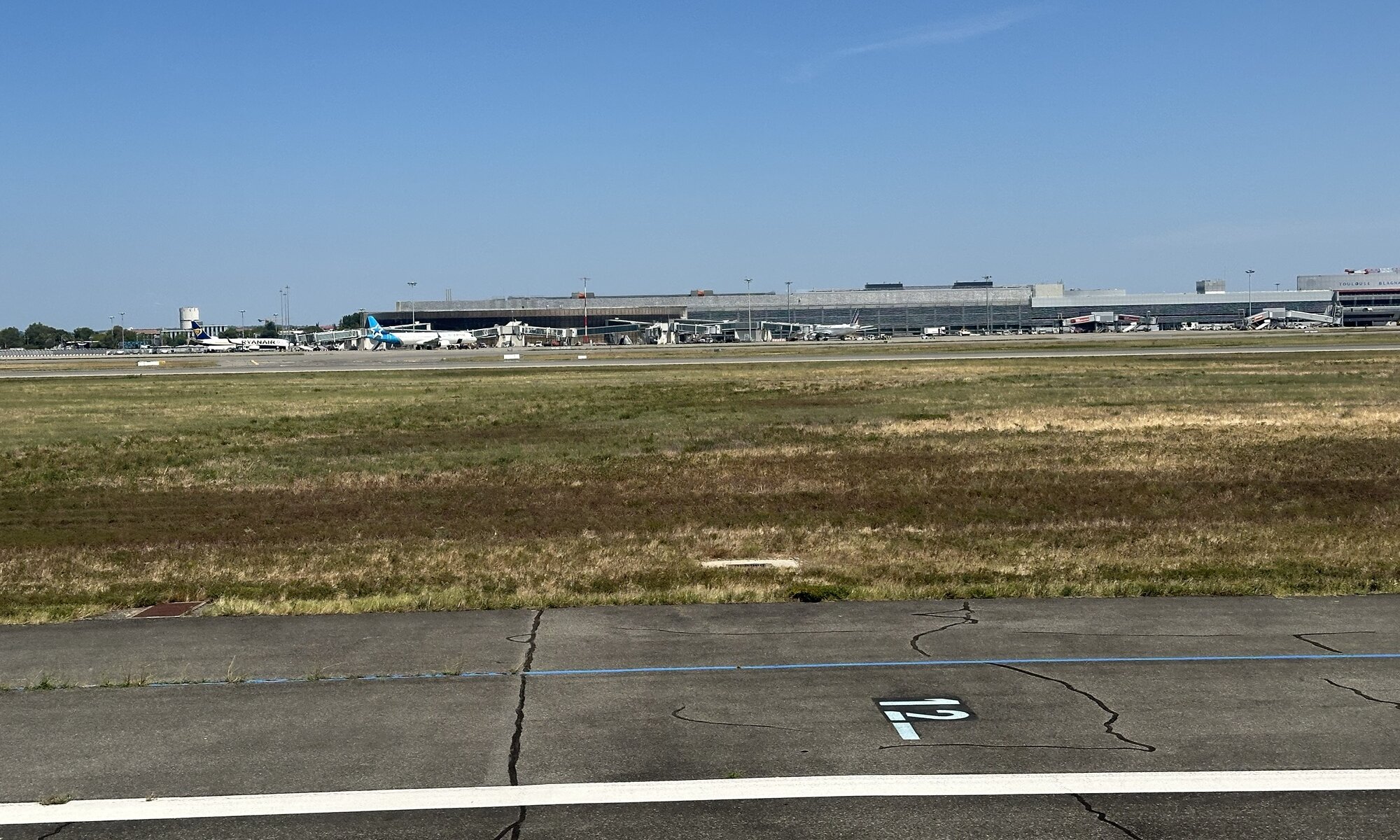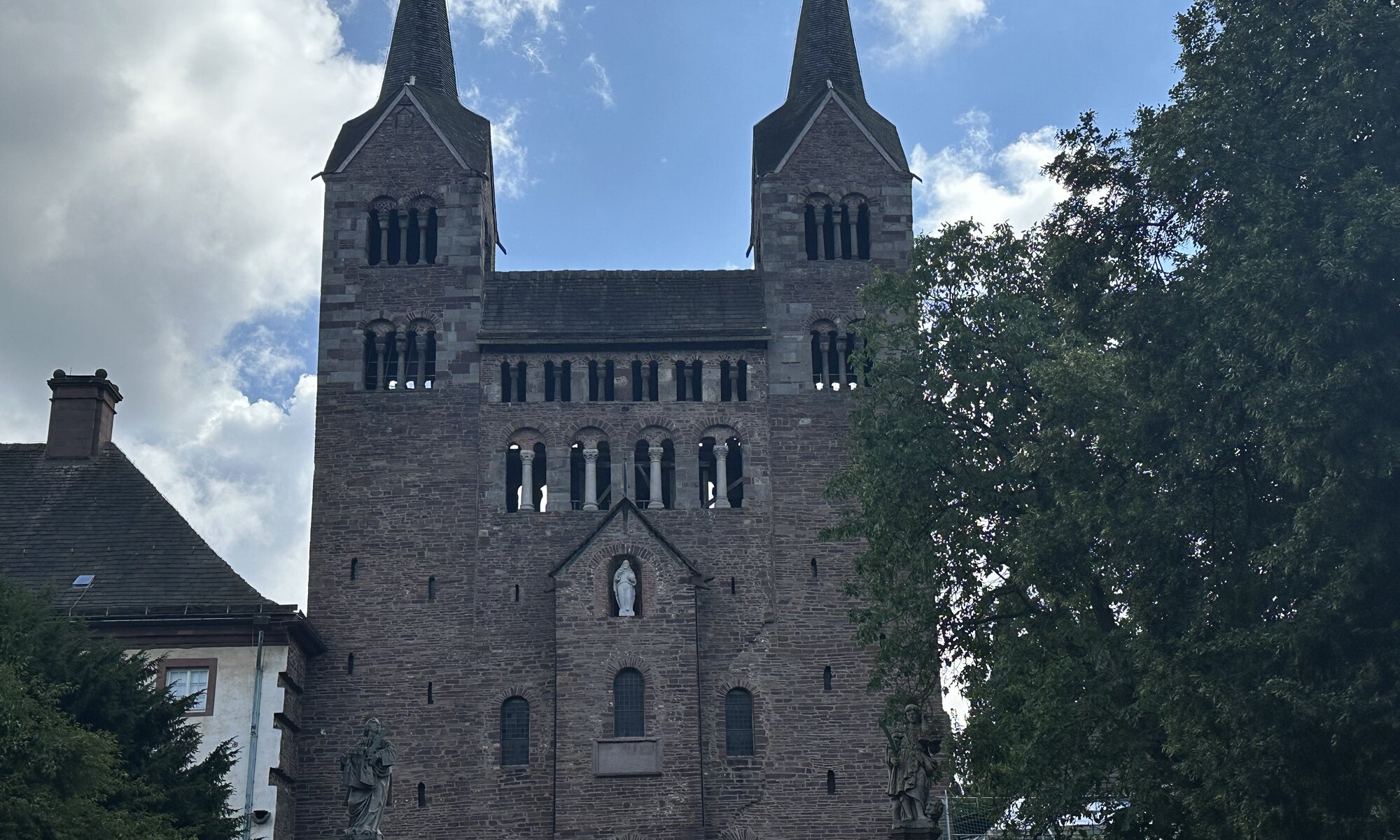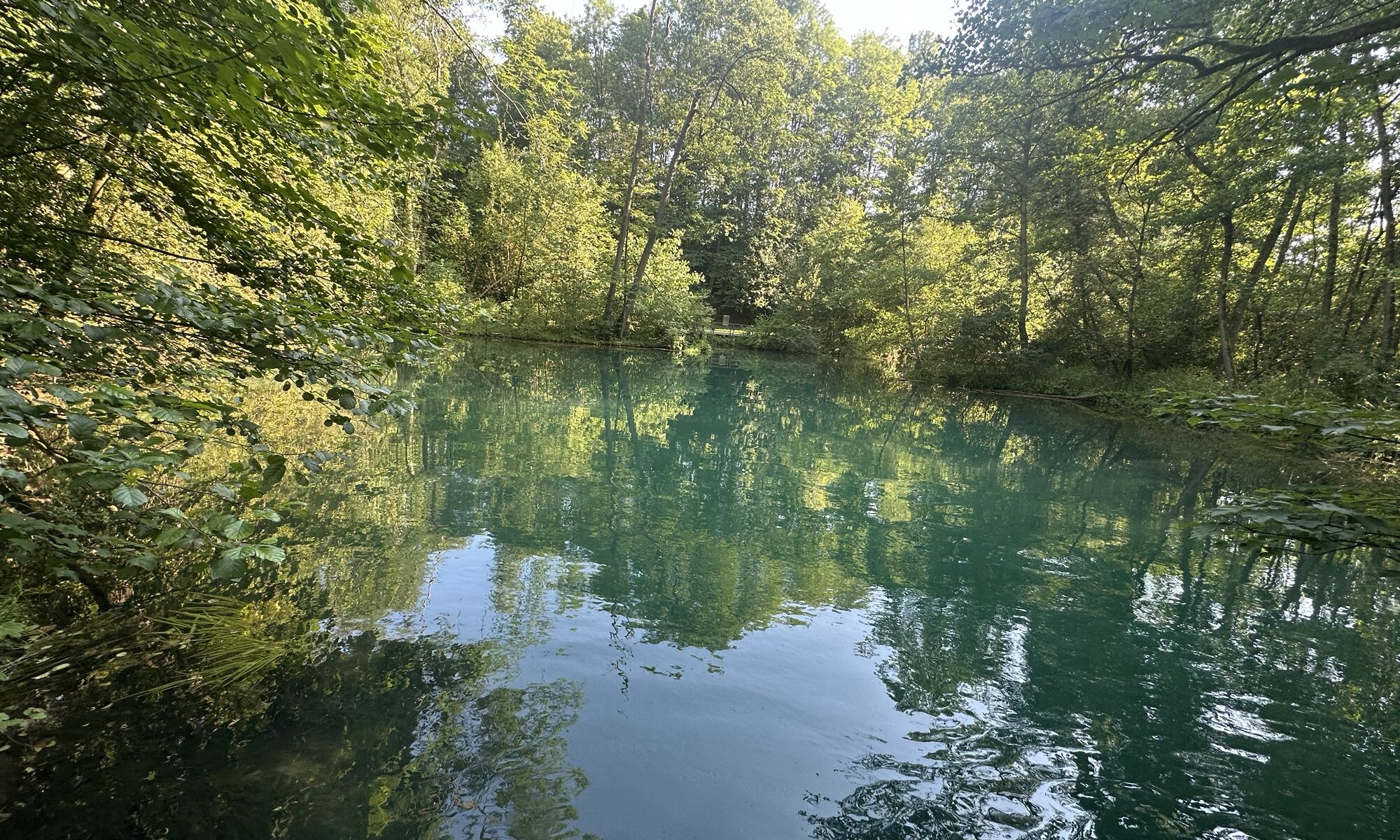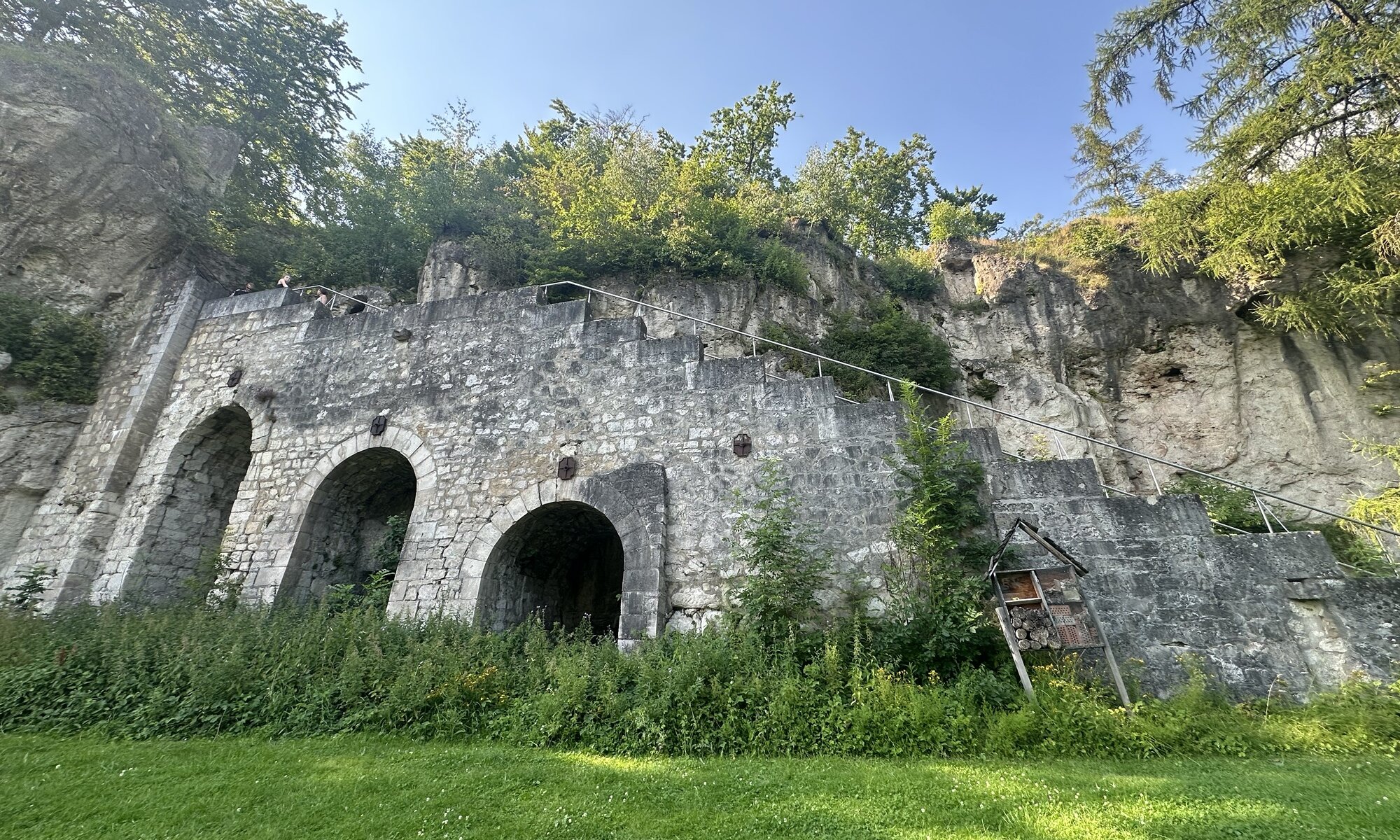It is maybe just another nice hotel of the ibis chain, but it is definitely in a prime location: the ibis Gare Matabiau. From there the main railway station (Gare Matabiau) and the main bus terminal (Gare Routière) are just across the road or better said just across the Canal du Midi. That’s of course especially great if you arrive or leave early in the morning. With that you’re having fast access to places like Andorra or the rest beautiful French cities surrounding Toulouse. You might have to figure out the right road, but it is also only just 15 minutes on foot to the city center and already around the hotel you’ll find good bars and restaurants.
Continue reading “Face à la gare”Up in the mountains
On my mission to visit the remaining microstates in Europe, Andorra was probably the hardest nut to crack. It is located secluded in the Pyrenees mountain without having an airport or a railway station. Your only chance is to fly to Barcelona or Toulouse and do a long bus ride into mountains. I decided for the latter and made my way up to the small country I only knew as a tax haven and from Max Frisch‘s book title. Was it worth it? Sure, but not for the shopping-oriented city of Andorra la Vella – more for the history, the ancient city center and for the nature of the Pyrenees.
Continue reading “Up in the mountains”Museu Carmen Thyssen
Andorra is a small country and you won’t expect to find many great museums here. But that doesn’t mean that your visit can’t include some art (and history). Thanks to art collector Carmen Thyssen-Bornemisza there is at least a small art museum at Escaldes-Engordany, close to the capital city Andorra la Vella. Small here only refers to the size of the exhibition rooms located on the ground floor of a hotel, the art exhibited here is typically from well-known artists and often includes famous works. But also regional artists are on display at the Museu Carmen Thyssen throughout the year.
Continue reading “Museu Carmen Thyssen”Casa de la Vall
It is said that the country of Andorra was created by Charlemagne in 788 CE, but officially it was established in the year 1278 and by then always reigned by two people: a Spanish bishop and a French count. In the year 1419 a first parliament was established, the Consell de la Terra (later named Consell General de les Valls). They met on public squares or even the cemetery to discuss important political matters related to the country.
Continue reading “Casa de la Vall”Pirineus
The Pyrenees (or Pyrénées, Pirineus) mountains are more than 430 kilometers long and form the perfect border between central Europe and Iberian peninsula, between France and Spain. They reach nearly from the Mediterranean Sea to the Atlantic Ocean and are much less known, much less discovered and much less populated than the Alps. Concerning its shape the Pyrenees are also very different as in contrast to the Alps as the various valleys are located in parallel to the main mountain range.
Continue reading “Pirineus”Hard to reach
Andorra is potentially the country in Europe that is hardest to tick off your travel wish list. It is just a tiny country with under 80,000 inhabitants on 468 km² in the Pyrenees between Spain and France. There is no airport and no railway station, your best chance is to fly to Barcelona or Toulouse and take a bus ride into the mountains which lasts 3-4 hours. It is a bit unusual that the capital city Andorra la Vella is so complicated to reach but the trip through the mountains is very scenic and well worth the effort.
Continue reading “Hard to reach”Toulouse-Blagnac
Arriving at Toulouse is a relaxed thing because of the Toulouse-Blagnac airport (TLS) located just eight kilometers afar from the city center in the northeast of the city. It is a small airport that is easy and fast to pass – but it also has a long aviation history; for example the first flight of a Concorde started at Toulouse and the airport is also the homebase of manufacturer Airbus. Blagnac has been opened in 1939 and it has two runways transporting seven million passengers each year and by that making it the sixed busiest airport in France.
Continue reading “Toulouse-Blagnac”Corvey
When scrolling through the list of UNESCO World Heritage Sites in Germany you’ll discover the Cloister Corvey near the smalltown Höxter in Germanys North Rhine-Westphalia. In fact it is not the entire monastery that is inscribed on the list, it is only one part of its church (the Westwerk) and something invisible today: the city once surrounding it (the Civitas). What’s that all about? Corvey was a Carolingian monastery founded in 822 CE. Charlemagne wanted to drive Christianisation in Saxony after he conquered it.
Continue reading “Corvey”Rhumequelle
A lake with clear blue water within a forest – that is the main spring of river Rhume close to the village Rhumspringe. In many other cases people have framed the source of a river, but here it is untouched: there is just a swimming pontoon for better views and some tables for a picnic. It is said to be the third-largest spring in Germany and one of the most productive Karst springs (with up to 5,000 liter per second).
Continue reading “Rhumequelle”Scharzfels
A massive staircase in the forest close to Scharzfeld easily shows that something big was once standing here. It is leading onto a 20 meters high dolomite rock which was the location of the Burg Scharzfeld from the 10th century CE. There is not much left of the once massive fortification – just some remains of walls, arches and gates; but you can have an amazing view from up there. The staircase is in such good shape is king George V (the last king of Hannover) had it restored in 1856 and today it looks a bit alien in this landscape.
Continue reading “Scharzfels”